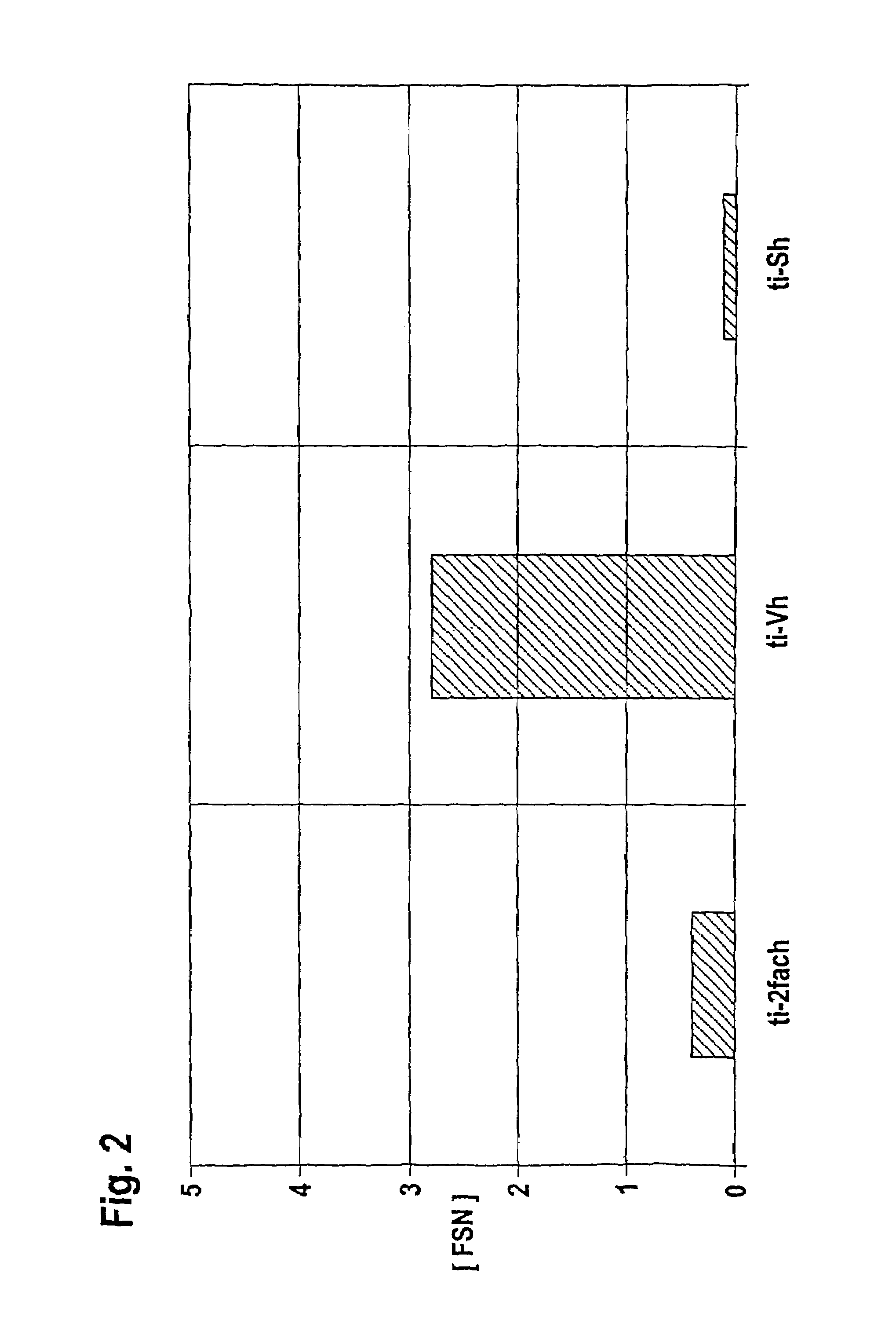Method for avoiding an internal coking of an injection hole for injection holes in a multi-hole injection valve
a multi-hole injection valve and injection hole technology, applied in the direction of machines/engines, electric control, instruments, etc., can solve the problems of inability to drive steadily in partial load operation, inability to achieve uniform fuel distribution, and inability to handle large loads in stratified operation, etc., to achieve favorable efficiency
- Summary
- Abstract
- Description
- Claims
- Application Information
AI Technical Summary
Benefits of technology
Problems solved by technology
Method used
Image
Examples
Embodiment Construction
[0031]FIG. 1 shows an internal combustion engine 1 of a motor vehicle, in which a piston 2 may be moved back and forth in a cylinder 3. Cylinder 3 is provided with a combustion chamber 4, whose boundary is marked by, among other things, piston 2, an intake valve 5, and an exhaust valve 6. An intake manifold 7 is connected to intake valve 5, and an exhaust pipe 8 is connected to exhaust valve 6.
[0032]In the region of intake valve 5 and of exhaust valve 6, there project into combustion chamber 4 a fuel injector 9 (a so-called injector) configured as a multi-orifice fuel injector and a spark plug 10. Fuel is able to be injected into combustion chamber 4 via injector 9. The fuel in combustion chamber 4 may be ignited by spark plug 10.
[0033]A rotatable throttle valve 11, through which air may be supplied to intake manifold 7, is accommodated in intake manifold 7. The quantity of supplied air is a function of the angular setting of throttle valve 11. In exhaust pipe 8 a catalytic converte...
PUM
 Login to View More
Login to View More Abstract
Description
Claims
Application Information
 Login to View More
Login to View More - R&D
- Intellectual Property
- Life Sciences
- Materials
- Tech Scout
- Unparalleled Data Quality
- Higher Quality Content
- 60% Fewer Hallucinations
Browse by: Latest US Patents, China's latest patents, Technical Efficacy Thesaurus, Application Domain, Technology Topic, Popular Technical Reports.
© 2025 PatSnap. All rights reserved.Legal|Privacy policy|Modern Slavery Act Transparency Statement|Sitemap|About US| Contact US: help@patsnap.com



